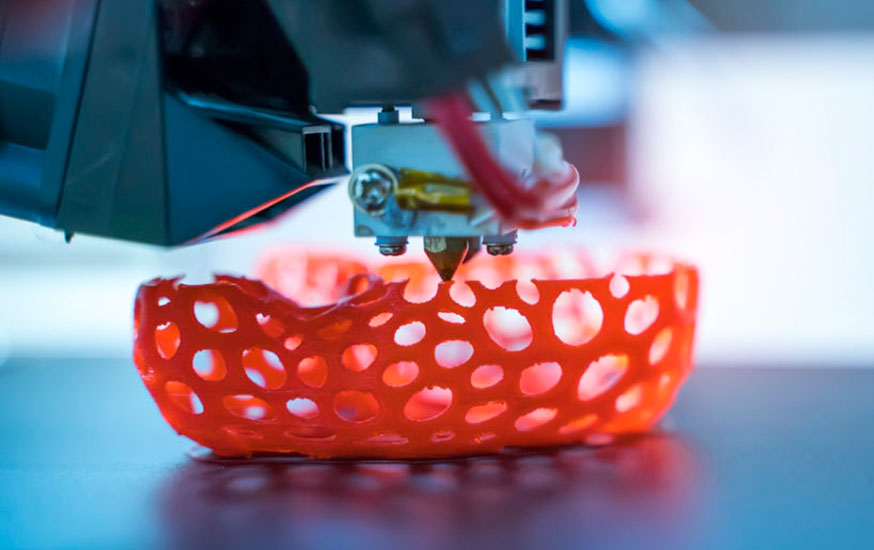At the Association for Accessible Medicines GRx-Biosims conference currently ongoing in Bethesda, FDA called on Generic firms to be involved and participate in innovation and FDA’s Emerging Technology initiative. We heard that innovation was not something that should be limited to just Brand Companies. But, in the field of Generics, where Q1/Q2 and sameness or interchangeability is key, innovation has not been a focus (or even allowed) in the Generic space. Sau (Larry) Lee, who heads FDA’s Emerging Technology Team (ETT), emphasized that Product Quality, delivering safe and effective medicines that patients can trust, is the starting point and that the ETT was developed to have a narrow focus and to partner with industry on how emerging technology can provide a consistent product. A guidance and MaPP to help define the pathway for emerging technology have been developed (FDA Guidance, Advancement of Emerging Technology Applications for Pharmaceutical Innovation and Modernization (September 2017) (here) and MAPP 5015.12 Process for Evaluating Emerging Technologies Related to Quality (here).
If a company’s innovation qualifies for review by Dr. Lee’s team, it will get the benefit of early communication with the ETT, the potential for a site visit by the ETT to better understand the technology, and that the ETT will be involved in quality assessments of any applications for continuity. The stated goal is collaboration between the FDA and industry to define a pathway (which in some cases may not exist), and to ensure that sponsors who are working to innovate get “one voice” from the FDA and minimize any potential for conflicting advice.
The ETT has so far received more than 50 requests to enter the program. Some examples of emerging technology: 3D printing, continuous manufacturing, closed aseptic systems, isolators and robotic arms for aseptic filling, and novel container closure systems for injectables. If you are not quite innovative enough to enter the program, the standard meeting pathways (Pre-IND and Complex ANDA Product) remain available.
The question was posed as to why more generic companies are not participating in emerging technology opportunities?
In an academic setting, where investigation and seeking out the new and novel approaches is your purpose, it may seem intuitive to participate in something like the ETT. However, the type of innovation being contemplated here is expensive and the regulatory hurdles appear high and, while generic firms may be budgeting for some form of innovation, it is not likely that this is the “emerging technology-type spend” being contemplated and may be in conflict with the mantra of the generic industry under today’s market conditions of keeping down costs and providing value to patients. Unless innovative technology is your purpose (the DNA taggant discussed by Applied DNA Sciences as one of the industry perspectives to prevent counterfeiting, is a good example here), Generic Industry’s interest in participating in an initiative that may add time, cost, and potentially call into question product “sameness” may require a bit more incentive so that a return on any emerging technology investment is easier to realize.



